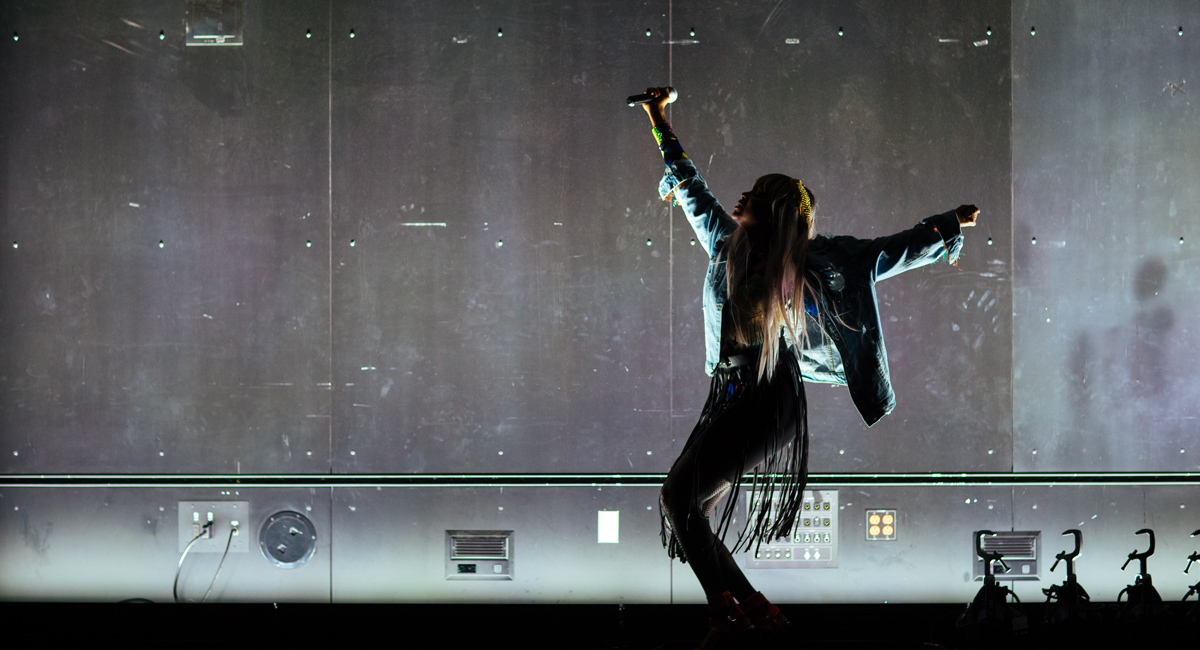Third Mellon grant brings the Mellon Foundation’s total support for CAST to $4,000,000 through 2024
“CAST was established in 2012 with a grant from the Andrew W. Mellon Foundation,” said Faculty Director Evan Ziporyn and Executive Director Leila Kinney,” and we are grateful for the Mellon’s ongoing support, particularly with this third consecutive grant that will provide an extraordinary 12 years of continuous Mellon funding. Thanks to their support, we will continue to expand our work facilitating and creating opportunities for collaboration among artists, engineers, scientists, and scholars in the humanities at MIT.”
MIT CAST’s role is to affirm, energize, and reinforce the inherent synergy between artistic and scientific modes of thought and action. It does so by collaborating with departments, labs, and centers across MIT in four primary areas of activity:
· To integrate the arts across the curriculum, CAST supports the development of new classes that reach across disciplines and majors.
· To enrich and encourage artistic collaborations, CAST looks for unexpected partnerships for visiting artists, and seeks to embed residencies in ongoing research and teaching at MIT.
· To encourage the experimental phase of artistic creation, CAST provides creativity seed funds and research grants for faculty, research, and instructional staff throughout the campus.
· To share this creative work and knowledge with the public, CAST produces symposia, workshops, exhibitions, publications, the MIT Sounding concert series, and the new MIT Performing theater series.

| Since its inception, the Center has facilitated more than 140 projects and worked with more than 95 collaborators, whose proposals are selected by a faculty committee in response to a biannual call.
A joint initiative of the Associate Provost with responsibility for the arts, the Dean of the School of Architecture and Planning (SA+P) and the Dean of the School of Humanities, Arts, and Social Sciences (SHASS), the Center is committed to fostering a culture in which the arts, science, and technology thrive as interrelated, mutually informing modes of exploration, knowledge, and discovery. |
CAST builds upon more than 50 years of imaginative, forward-thinking approaches to integrating the arts into a research institution renowned for science and engineering. György Kepes established the Center for Advanced Visual Studies (CAVS) in 1967, a highly influential program that first brought artists, scientists, and engineers together in a research environment. CAVS pioneered the practice of “art on a civic scale,” which is today a cornerstone of the Program in Art, Culture and Technology (ACT) in the School of Architecture and Planning. Jerome B. Wiesner, the 13th President of MIT, fostered a multi-media program in the arts at MIT, firmly grounded in teaching and research at the Institute. He established the Council for the Arts at MIT in 1974, one of the first organizations of its kind in a US university, and his support led to the establishment of the List Visual Arts Center and the MIT Media Lab.
More information about CAST at arts.mit.edu/cast


